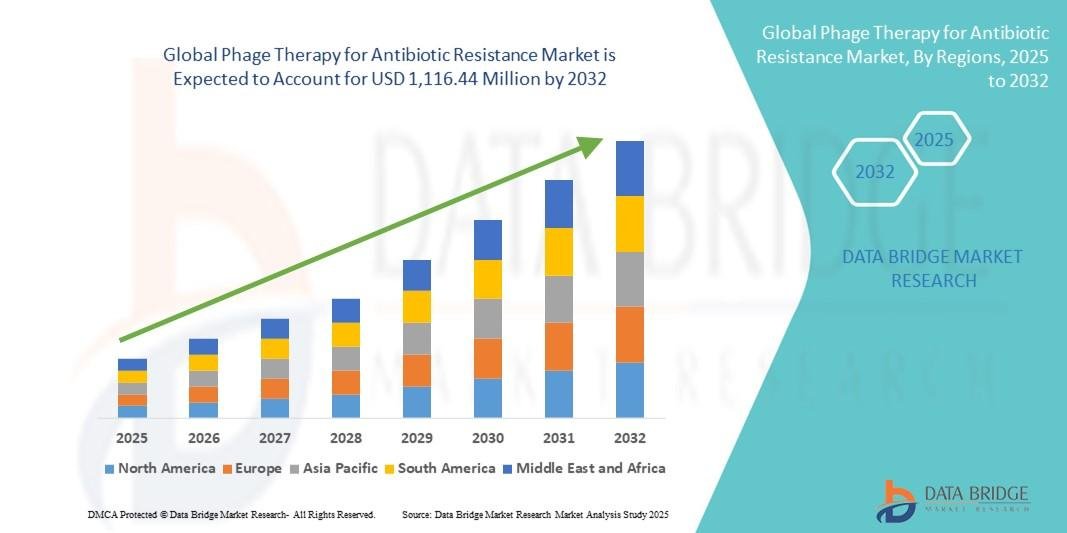Asia Pacific Sustainable Aviation Fuels Market: Overview of the APAC sustainable aviation fuels market, including growth drivers and regional opportunities.
The Asia Pacific Sustainable Aviation Fuels (SAF) market is characterized by its nascent stage of development but with immense growth potential driven by non-monetary factors. The primary impetus for the market's existence is the urgent need for decarbonization of the aviation sector, a significant contributor to global greenhouse gas emissions. The market is fundamentally segmented by technology pathway, with Hydroprocessed Esters and Fatty Acids-Synthetic Paraffinic Kerosene (HEFA-SPK) currently holding a dominant position. This dominance is purely based on its technological maturity and its 'drop-in' capability, meaning it is chemically similar to conventional jet fuel and requires no modifications to existing aircraft engines or airport infrastructure. This technical compatibility is a critical qualitative feature accelerating its adoption.
Feedstock availability is a defining characteristic of the market in this region. Waste oils and fats, such as used cooking oil, are the most prominent and easily accessible raw materials, especially in urbanized and economically developed countries like Singapore and Australia. However, the future structure points toward a necessary diversification of feedstock, including municipal waste, agricultural residue, and potentially advanced sources like algae, to achieve the necessary scale. This diversification is a key non-monetary driver, essential for long-term sustainability and energy security, as it reduces reliance on a single commodity.
The market's competitive landscape is defined by the strategic presence of global energy companies and select regional producers. Competition at this stage is less about price and more about technological leadership, forming strategic partnerships with major airlines, and securing long-term feedstock supply chains. Regulatory push from regional governments, such as Japan’s SAF roadmap and blending mandates, and initiatives in Australia and China, provides the foundational non-monetary structure for market expansion. The core challenge remains the task of building out sufficient production and blending infrastructure to move from token SAF flights to meaningful commercial scale.
FAQs on Asia Pacific Sustainable Aviation Fuels Market
What is the single most important technical advantage of SAF in the APAC market?
The most important technical advantage is its "drop-in" capability, meaning SAF can be blended with conventional jet fuel and used in existing aircraft engines and airport refueling infrastructure without requiring any modifications or retrofitting.
What non-monetary factors are driving the market's growth?
The growth is driven by stringent government mandates for carbon reduction, airline commitments to net-zero carbon goals by 2050, the need for enhanced energy security through feedstock diversification, and technological maturity of production pathways like HEFA-SPK.
What is the primary constraint on the market's physical scaling in the region?
The primary constraint is the limited infrastructure for large-scale SAF production, blending, and distribution, coupled with the need for a sustainable and reliable supply of approved feedstock to meet future mandates.
More Related Reports:


